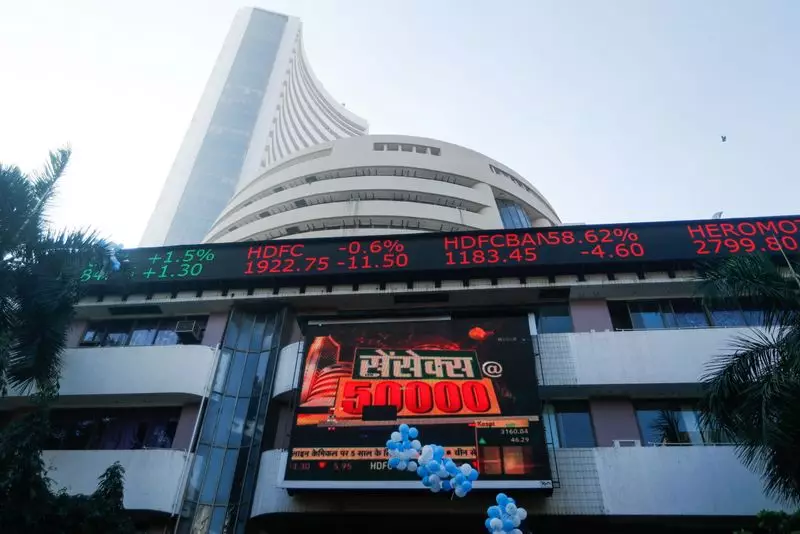In recent years, the Indian equity market has witnessed a notable divergence in performance between mid-cap/small-cap (SMID) stocks and large-cap counterparts. According to a report from UBS, the Nifty Midcap 100 index’s performance has significantly outpaced the Nifty 50 index over the last two years, leading to a valuation gap that has reached historical highs. This trend raises concerns regarding a potential market correction, especially as previous cycles suggest that such disparities are often followed by downward adjustments.
This shift in investor sentiment can largely be attributed to the substantial re-ratings observed in fiscal year 2023-2024. As valuations soar for many SMID stocks, the potential for a market correction looms increasingly large. Historical data, particularly from the corrective phase between 2018 and 2019, paints a clearer picture of what could lie ahead for investors heavily invested in this asset class.
Valuation Multiples and Market Dynamics
UBS’s analysis indicates that approximately 80% of the 20 sectors classified as SMID-heavy—including chemicals, home improvement, and financial exchanges—are currently trading at or above their three-year average valuation multiples. This observation suggests that market participants may be overly optimistic regarding future performance, which raises questions about the sustainability of current price levels.
While the environment remains challenging for top-down value investment strategies, UBS stresses the importance of employing selective, bottom-up investment approaches that focus on companies with solid fundamentals. This nuanced investment strategy may present better opportunities for returns amidst a potentially volatile market landscape where caution is advised.
Highlighted Stocks with Growth Potential
Several stocks have been identified by UBS as having strong growth potential despite the broader market concerns. Delhivery Ltd, for example, is rated a ‘buy’ with a target price of ₹525, suggesting a potential upside of 57%. Delhivery’s ability to capitalize on market share gains and improvements in profit margins in its express and part truck-load business units positions it well for future profitability.
Similarly, Indian Energy Exchange Ltd (IEX) shows promise with a recommended buy rating and a target of ₹260, translating to a 49% upside. The anticipated increase in trading volumes—especially in real-time and green markets—could allow IEX to benefit from new product launches and regulatory changes aimed at promoting renewable energy.
UBS also highlights Multi Commodity Exchange of India Ltd as a potential performer, with a target price of ₹8,000, indicating a 35% upside driven by increased participation and a broadening product offering, including electricity derivatives.
Despite prevailing concerns about potential deceleration in sequential growth, UBS asserts that such worries may be overstated. Companies like Navin Fluorine International Ltd and Ramkrishna Forgings Ltd demonstrate resilience through their strategic initiatives aimed at enhancing capacity and securing lucrative contracts.
As investors navigate this complex landscape, the strategic focus on fundamental strengths, sector-specific dynamics, and market sentiment will be vital for identifying worthwhile investment opportunities amid an uncertain economic backdrop. The combination of an unprecedented valuation gap and examples of strong performers makes for an intriguing yet cautious investment environment in the Indian stock market.

